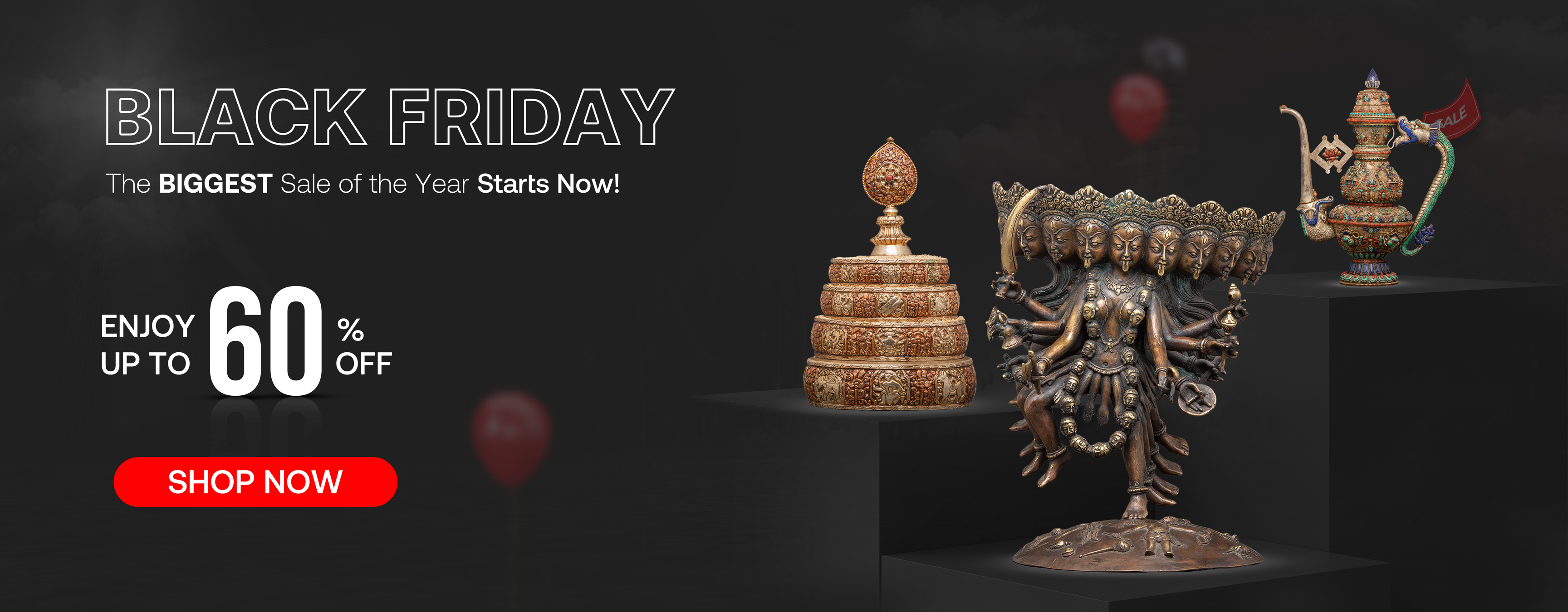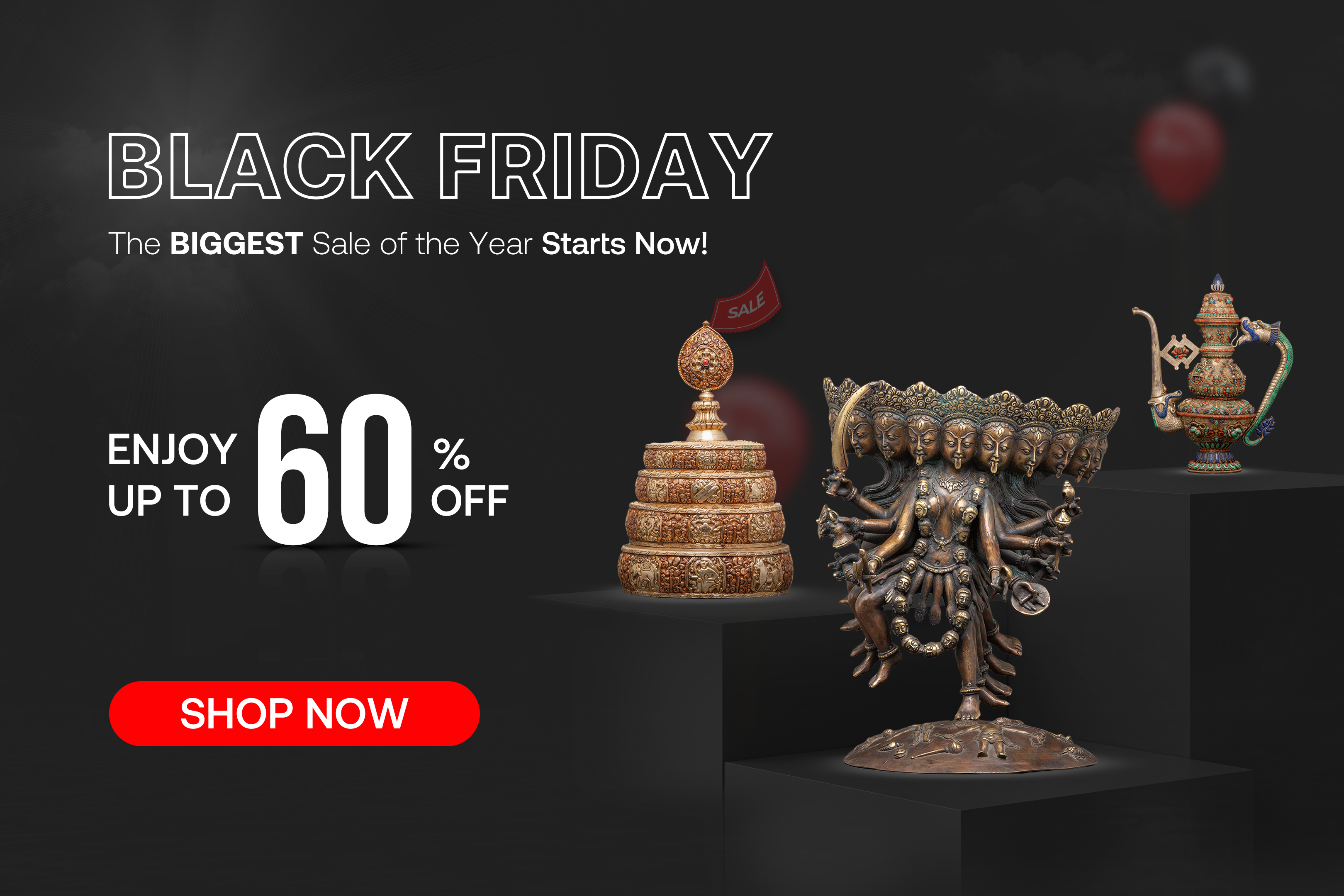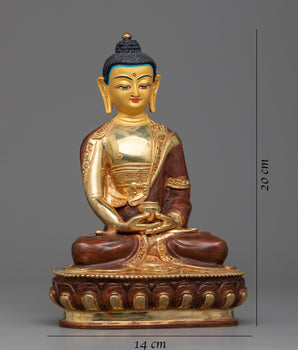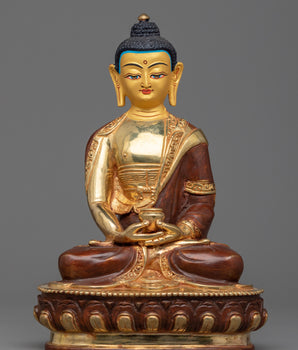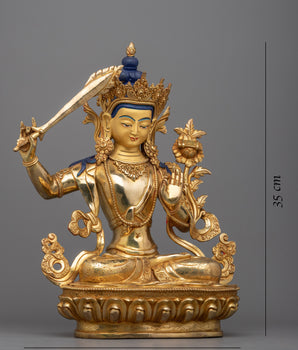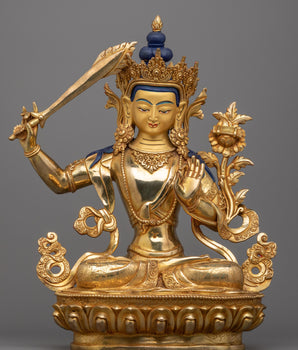The Spiritual Weapons Carved in Metal and Stone
Ritual weapons are considered significant symbols of cultural heritage, tradition, and someone’s individuality. Throughout the ages, religious rites have included sacred weapons such as ceremonial blades and staffs to mark protection, transformation, and the position of authority. They allow us to feel connected to things that are not visible and act as a way to experience the sacred. Tradition and innovation are coming together more closely now that our world is globalized, digital, and environmentally focused. At the intersection, Mountain Craft honors the spiritual past of ritual weapons and updates their styles for people today. Religious sites are symbols not only for the past, but also for developing belief systems and present-day spirituality.
Tracing the Origin: The Sacred Background of Ritual Weapons

The Buddhist tradition has a strong heritage of devotional instruments, established over more than 2,500 years, that originated from the teachings of Siddhartha Gautama. These weapons get their strength from thousands of years of teachings by Siddhartha Gautama and are tools of change and spiritual power, not tools of violence. As the religion began to spread, different places contributed symbols of their cultures to Buddhism, resulting in diverse ritual benefits.
In Tibetan Buddhism, key rituals sometimes feature a vajra to represent incontestable truth, a phurba to subdue negative energies, and a flaming sword to defeat ignorance. People use these weapons to tackle the inner problems of confusion and greed rather than their bodily enemies. In rituals, these images teach practitioners that enlightenment comes through disciplined inner battles. Buddhist ritual weapons, made from metal or imagined through meditation, help people understand reality and reach enlightenment.
Ancient History: Skills Needed to Craft Buddhist Ritual Weapons
Religious weapons in Buddhism have traditionally been signs of respect, carrying religious power and appreciating discipline. The symbolic crafting of sacred armaments aimed to help those seeking enlightenment overcome illusion, their egos, and face their troubles. From ancient times in India to Tibetan tantric art, Buddhist artists worked to make items that reflected what the Buddha taught. Besides being tough and attractive, the materials selected had spiritual meaning, and the bronze and copper (for vajras and ritual swords) showed indestructibility and great wisdom. Offerings of these weapons, which were often given by or used by deities at ceremonies, made it clear that having clarity, compassion, and insight takes a special kind of inspiration.
Although Buddhism’s Theravada traditions mostly avoided them, Mahayana and Vajrayana accepted the symbols. Ritual daggers (phurbas) signify cutting through ignorance and transforming harmful energies. The sword held by Mañjuśrī, sometimes shown lashing through the darkness, represented how wisdom cuts away untruth. Various pieces used precious metals, crystals, and gemstones to signify compassion, fearlessness, and clarity. All these weapons expressed Buddhist principles, elements of local custom, and spiritual purpose. These weapons, like a sand mandala or a prayer wheel, did not aim to rule others, but instead helped by strengthening mindfulness, discipline, and revealing the key ideas of the Dharma.
Meaning of Ritual Weapons in Buddhism

Even though Buddhism is identified with peace and kindness, ritual masks and weapons are significant religious symbols, especially in the Mahayana and Vajrayana sects. They serve to grow us by helping us overcome ignorance, too much attachment, and ego. The practice of compassion in Buddhism allows one to ease pain, act without selfishness, and keep a clear mind, and weapons are meant to remind us how challenging this path can be The symbolism of the vajra pointing to truth and kindness is another and Mañjuśrī’s sword demonstrates what clear, absolute thinking achieves which is to uncover our false thoughts.
During ceremonies and meditation, practitioners who use or imagine these ritual items are connected to the teachings of the Buddha. Having these objects helps you change and grow personally. In the same way, burning incense, lighting candles, and owning ritual weapons are ways to highlight impermanence, new knowledge, and strong action against difficulties. They support the practitioner in dealing with adversity by acting attentively and compassionately, not lashing out. Using standard weapons brings out the inner strength of a warrior and helps people learn, become kinder, and support others with greater attention and strength.
Materials and Their Spiritual Properties
Materials used to make ritual weapons are always carefully chosen for their durability and for their connection with the spiritual world. These objects from any period demonstrate the many meanings found in religious objects.
|
Material |
Spiritual Symbolism |
Use in Ritual Weapons |
|
Bronze |
Indestructibility, Endurance |
Vajras, ritual swords |
|
Copper |
Clarity, energy transmission |
Ritual handles, inner weapon cores |
|
Silver |
Spiritual Purity, divine qualities |
Ornamentation, deity tools |
|
Gold |
Enlightenment, sacredness |
Deity adornments, high ceremonial objects |
|
Turquoise |
Protection, health |
Inlays on vajras, phurbas |
|
Lapis Lazuli |
Wisdom, mental clarity |
Embedded in handles or deity ornaments |
|
Coral |
Life energy, vitality |
Used in protective and healing implements |
|
Bone |
Impermanence, sacredness of life |
Wrathful deity weapons, skull implements |
Symbolism in Meditation and Visualization Practices

In Vajrayana Buddhism, during advanced meditation, ritual weapons are more than tools; they are important for internal transformation. Typically in yoga, practitioners imagine themselves like Mañjuśrī or Vajrakilaya, armed with swords to defeat negativity and unnecessary emotions. The flaming sword, the vajra, and the phurba, etc, are seen in Buddhism as manifestations of awakened awareness during contemplation. Thinking about a vajra cutting away mental fog gives the mind clarity and a better understanding of reality. The process of adopting these weapons adds mental clarity, boosts our strength, and develops our compassion, making the combat spiritual.
They illustrate that Buddhist ritual weapons promote discipline within, not violence directed toward others. These principles give a strong foundation that helps people continue on their journey to enlightenment.
Influence of Buddhist Ritual Weapons

Buddhist weapons used in rituals are mostly symbolic, but have greatly influenced the styles used in religious art, buildings, and decorations. Vajras and phurbas (ritual daggers) symbolize concepts like that which can never be broken, the ability to question deep misconceptions, and freedom from delusions. Buddhist paintings and architecture include many examples of mandalas and their special meanings.
- Features like stupas and pagodas in architecture show the effects of ritual weapon symbolism on architecture. Usually, they include sacred items, scriptures, or little replicas of holy weapons which represent the holding of enlightened energy and the slow movement toward awakening. Their design with levels increasing higher represents ideas from astrology and enlightenment.
- Among the visual arts, images of thangka paintings and sacred sculptures show ritual weapons being held by enlightened deities and bodhisattvas. Buddhist art treats these symbols with a lot of detail, encouraging students to pay attention to them and meditate on them. They demonstrate the Dharma’s lively, life-changing power and draw followers to take on its qualities.
- Having ritual weapons included in Buddhist art and architecture helps make the environment spiritually meaningful and respected. Besides being icons, these objects help guide and encourage people to gain wisdom, show compassion, and reach ultimate freedom.
Revival and Craftsmanship Techniques

In a few years, people have become more interested in sustainability and preserving traditions. As a result, people designing weapons use modern tools and ensure their products are ethical. Current craftspeople use techniques from the past and practice eco-friendliness by using recycled bronze and ethically sourced gemstones.
Especially with the help of 3D modeling and designing software, it is easier to plan and make prototypes with the same level of precision as vajras and phurbas have. They allow everyone to share and enjoy spiritual art forms, teaching youngsters their significance. Sometimes, monks, spiritual teachers and designers collaborate which can change the outward shape, but these weapons always keep their spiritual essence.
Conclusion
Ritual objects for Buddhists are strong symbols of their path guided by compassion, clairvoyance, and inner strength. Although these tools have the appearance of blades, daggers, swords, or scepters, they do not harm people; they stand for transformation and help cut through ignorance, ego, and suffering. Starting with bronze and copper, the tradition of these objects has progressed by adding eco-friendly practices and technologies, all while staying connected to their spiritual meaning. Ritual weapons help unite the world of daily living with spiritual worlds in ceremonies, meditation, art, and architecture. They lead practitioners within, supporting them when things are hard, explaining things when they are unclear, and giving them purpose as change unfolds. Because their meaning holds up to this day, their presence in culture tells us that wisdom means being courageous, disciplined, and strongly committed to growth.





